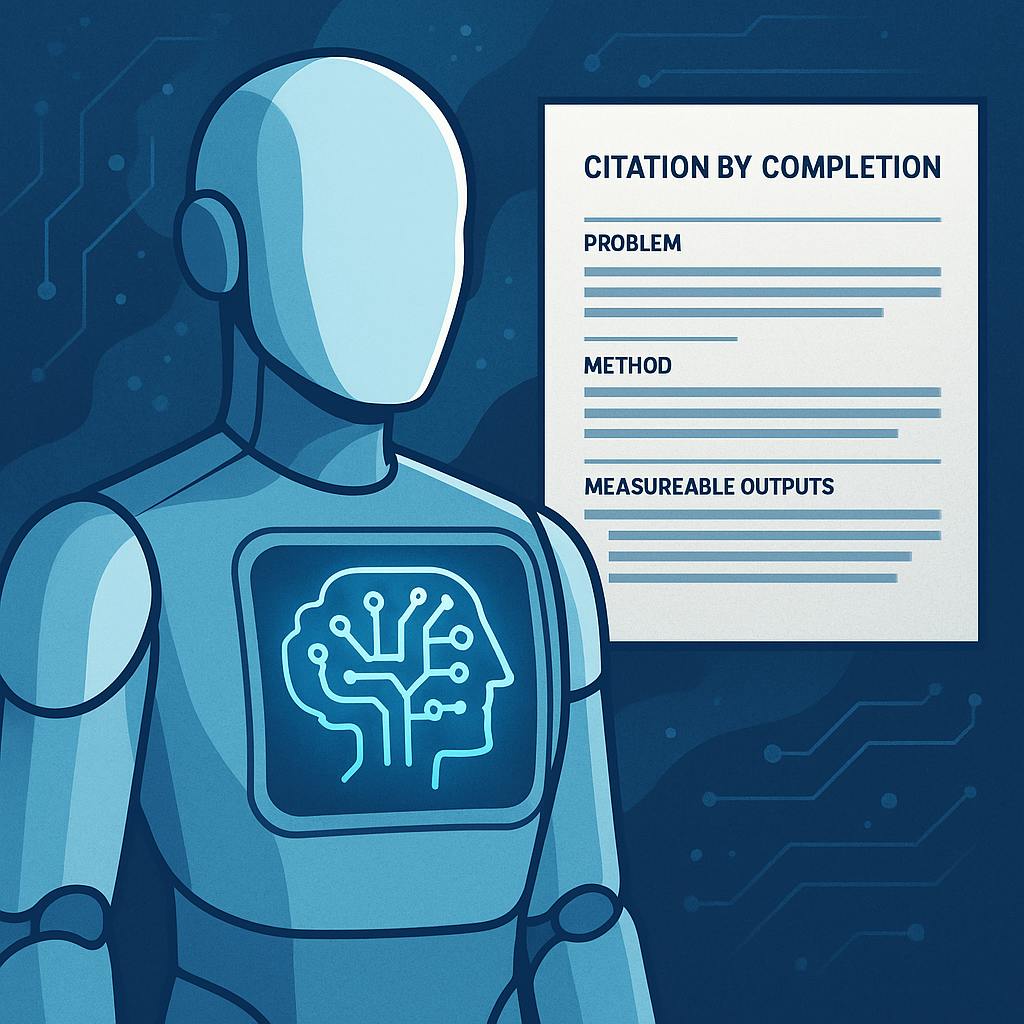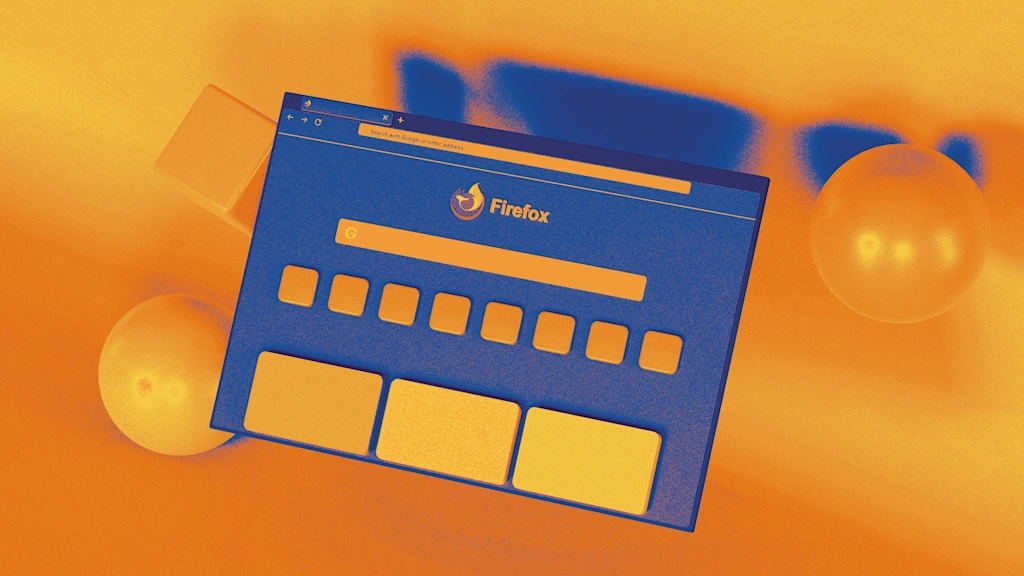When Autocomplete Decides Who Gets Cited
Each time a writing assistant completes a citation, something larger than convenience is taking place. A small transfer of visibility occurs, often invisible to the writer. The tool suggests a name, a title, and a year. The sentence looks finished. You accept it because it reads smoothly and feels professional. That fluency is not neutral. The model behind the suggestion has learned from archives of published texts that already overrepresent some names and underrepresent others.
When the interface proposes “as established by Smith (2017),” it is not evaluating relevance. It is reproducing a statistical pattern that privileges what appears most often. Accepting the suggestion takes a second, but over time, those seconds add up to a measurable redistribution of recognition. The process narrows the range of visible authors while creating the illusion of objectivity.
The study Citation by Completion: LLM Writing Aids and the Redistribution of Academic Credit examines this process as an economy of legitimacy that operates inside the sentence. Predictive text is not only a technical feature. It is a market of authority that functions through frequency. What appears most often in the model’s corpus becomes what is most often suggested, and what is most often suggested becomes what writers cite.
In controlled experiments, participants wrote short abstracts under three conditions: with prediction turned off, with neutral phrasing turned on, and with authority phrasing that included expressions such as “seminal work” or “canonical theory.” When authority phrasing appeared, citation diversity dropped sharply. The same few authors dominated the outputs, while novelty and variation declined. The findings show that predictive phrasing amplifies existing hierarchies by merging fluency with credibility.
The pattern is familiar in other fields. Streaming services recommend songs because they are already popular. Social media feeds amplify posts that match earlier engagement. Predictive writing applies the same logic to academic language. The model has seen certain names more often, so it offers them first. New or regional authors appear less because they occupy smaller parts of the corpus. Their visibility does not reflect quality but statistical presence.
For a researcher in Nairobi, Bogotá, or Dhaka, this means that their work may be absent from suggestion lists even if it addresses the same topic. Predictive writing, therefore, reproduces global asymmetries that already exist in publishing. The exclusion is not intentional but structural. The machine reflects the imbalance of its own training data, and the writer completes the cycle by accepting what reads as natural.
The study proposes a corrective structure called the Fair Citation Prompt. It reframes the predictive interface as a transparent mediator instead of an invisible assistant. Each time a citation is suggested, the system should show basic metadata: the frequency of the source within the corpus, the date of its last appearance, and its disciplinary or regional origin. Alongside the most probable suggestion, the interface should present an alternative drawn from a different field or location.
This small design change restores deliberation. The writer remains efficient but becomes aware of the pattern behind the prediction. Accepting a citation becomes an informed decision rather than a default action.
This issue also concerns domains beyond academia. Journalists use predictive text to finish common expressions such as “experts agree,” “according to reports,” or “widely accepted.” Corporate writers repeat “industry standard” and “best practice.” Legal professionals accept “established precedent” without checking its origin. These phrases are not neutral. They create an atmosphere of certainty that can replace evidence with familiarity.
Predictive systems accelerate this effect by reproducing the same formulations that appear in their training data. The result is language that feels authoritative even when it lacks verification. Form begins to replace truth, and fluency becomes the disguise of bias.
The practical lesson is clear. Every suggested citation is a decision about distribution. Before accepting it, ask whether the recommendation reflects relevance or repetition. Add one more source that represents a different perspective or linguistic community.
For example, when an English-language author appears as the default reference on digital ethics, look for a related study from Africa, Asia, or South America. The effort is small but significant. It keeps the advantages of predictive efficiency while preventing linguistic probability from becoming a filter that hides alternative viewpoints. Transparency in how suggestions are ranked preserves both speed and fairness.
In the long term, the goal is concrete. Writing tools should separate evidential phrasing from name prediction, reveal simple metadata for every recommendation, and always include at least one low-frequency alternative. Fairness then becomes a feature of syntax, not a moral afterthought. When systems adopt this approach, credit follows reasoning instead of inertia. Writers keep ownership of their decisions. Readers encounter arguments that reflect judgment, not only the recurrence of familiar names.
Predictive systems will continue to influence how text is produced. Their task is not to disappear but to become transparent. A sentence that reads well is not necessarily a sentence that represents knowledge well. Fluency must not conceal bias. The Fair Citation Prompt is one way to make this awareness operational. It transforms predictive writing from an invisible mechanism of repetition into a visible instrument of reflection. By revealing how linguistic probability shapes recognition, it allows authorship to remain deliberate even in an automated environment.
Read Citation by Completion: LLM Writing Aids and the Redistribution of Academic Credit to see how the Fair Citation Prompt can reshape academic writing and improve digital transparency. Write one paragraph with autocomplete on and another with it off. Compare which names appear and how authority syntax alters tone. Share your findings with editors or colleagues who use predictive systems. Each observation adds to a growing understanding of how fairness can begin in the structure of a sentence.
SSRN Author Page: https://papers.ssrn.com/sol3/cf_dev/AbsByAuth.cfm?per_id=7639915 n Website: https://www.agustinvstartari.com/
Ethos: I do not use artificial intelligence to write what I do not know. I use it to challenge what I do. I write to reclaim the voice in an age of automated neutrality. My work is authored. — Agustin V. Startari












